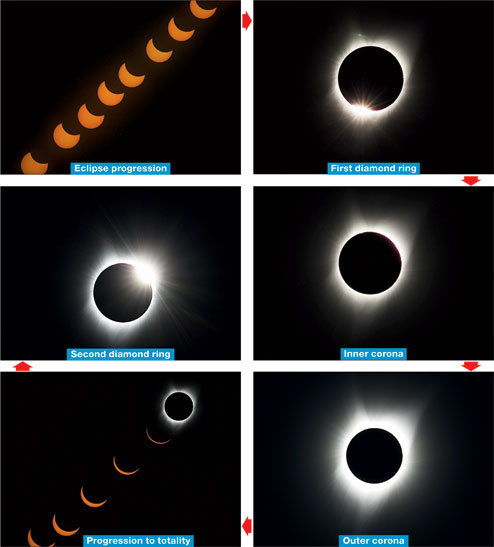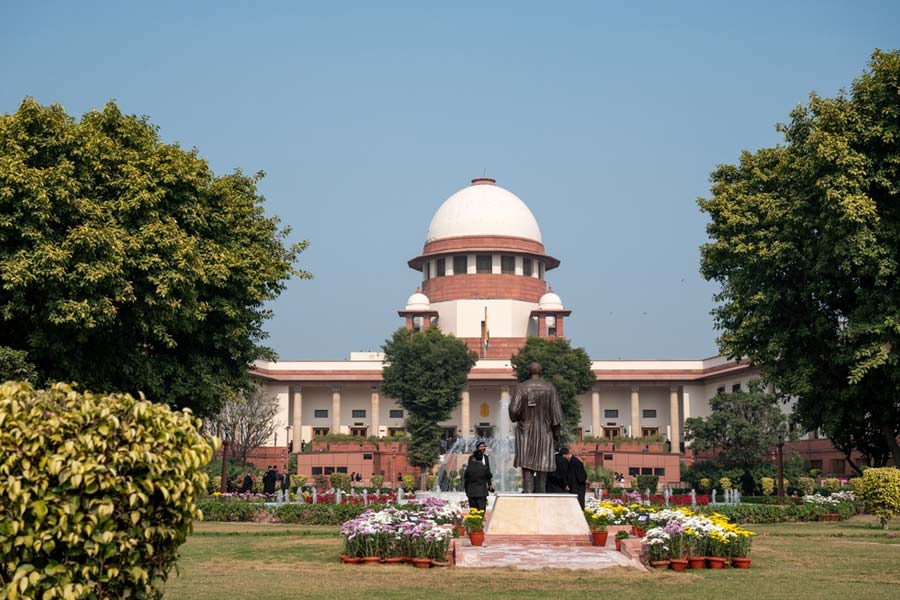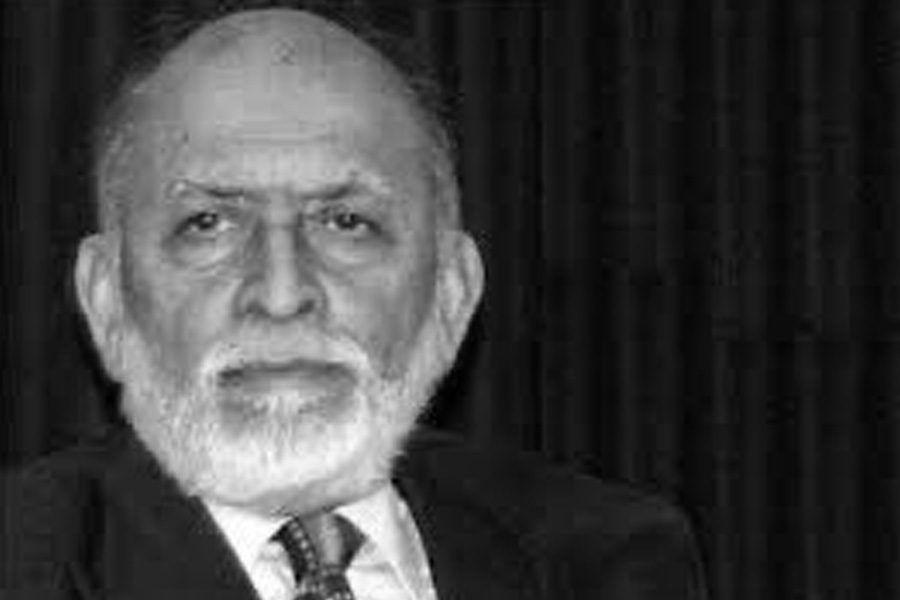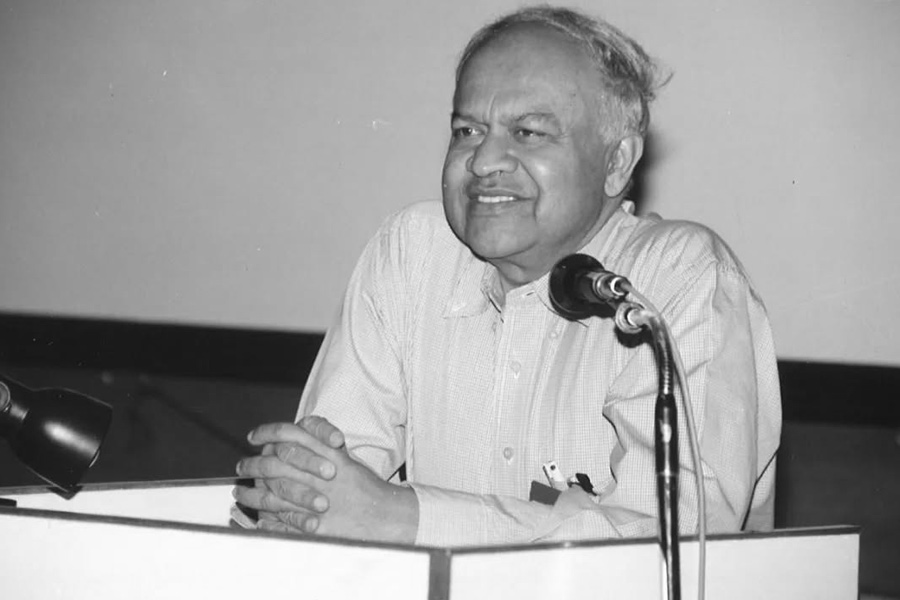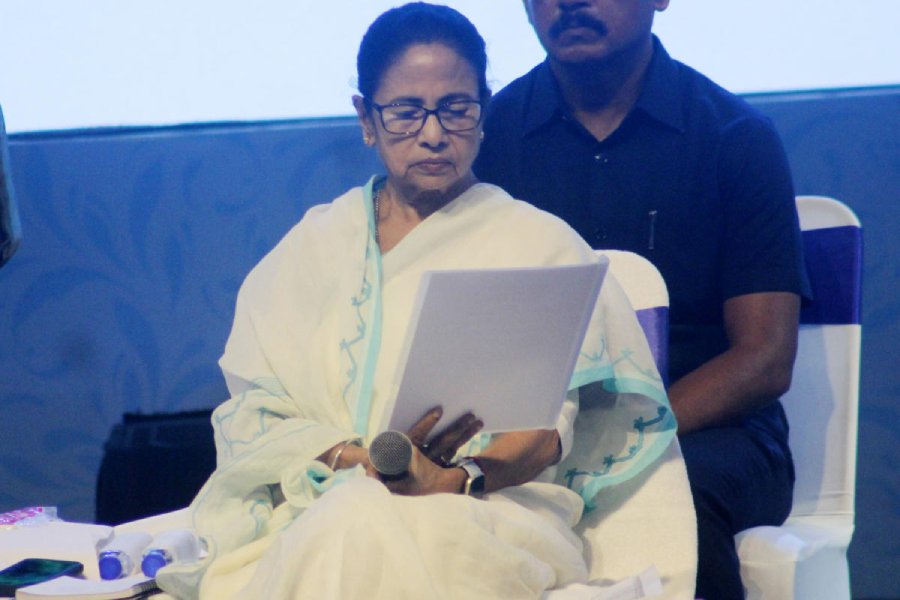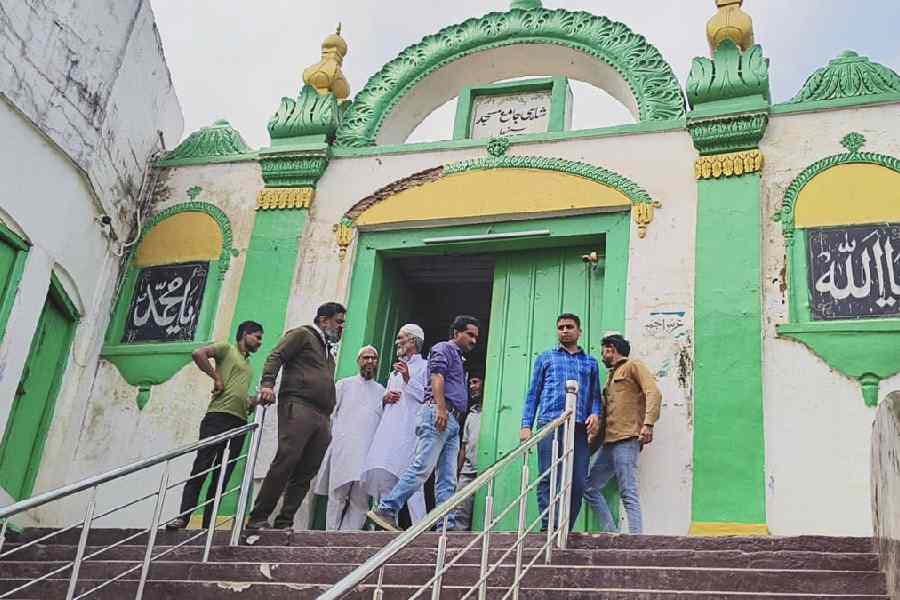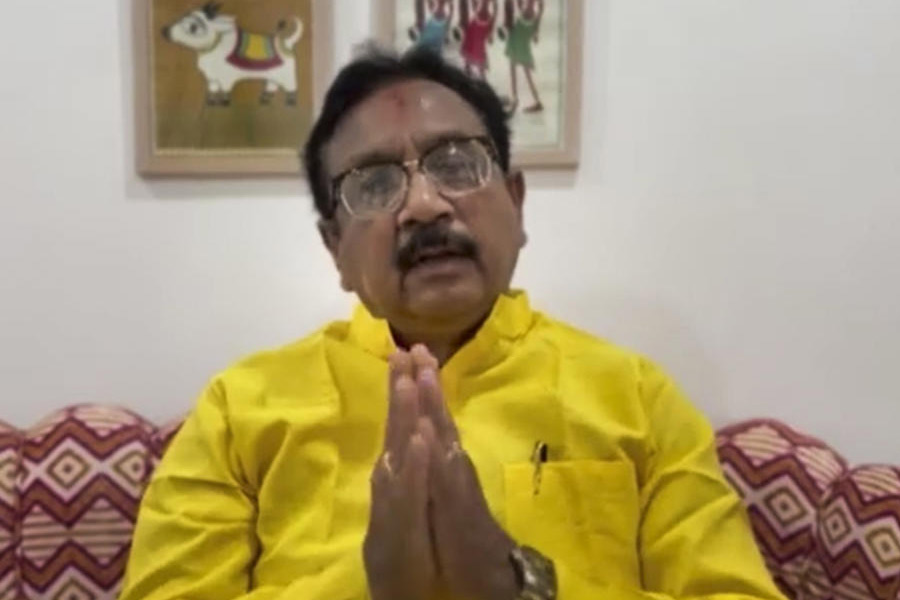A Calcutta doctor had booked his hotel stay six months ago in a small town in an American desert to watch the total solar eclipse on August 21.
Arup Ratan Dutta, chief nephrologist, Fortis Hospital, shared with Metro his experience of watching the eclipse at Cove Palisades State Park next to Madras in Oregon, US, and the photographs he took.

Madras, a little town of 6,000 people in the middle of West Oregon desert, will never be the same again. It happened to fall right in the middle of the totality zone of the August 21 “great American eclipse”.
As a 20-year weather analysis predicted the least chance of cloud and best possible viewing, more than 200,000 people gathered around the area to watch it. Including us!
Madras was going to experience something unprecedented, the eclipse and the crowd surge!
We had planned this more than two years ago and we managed to book accommodation in January. It would have been impossible a few days later as everything had sold out months ago.
We didn't get accommodation at Madras; so, we had to book at Bend, a few miles from Madras. There were several viewing spots at Madras, mostly in parks.
Thousands of people had camped in and around Madras two to three days earlier to get the best slots for watching the eclipse. All the camp grounds were full in the parks and even the driveways of the houses were rented out.
Cove Palisades State Park is a few miles from Madras.
The park was full. Even though we started early and reached two hours before the eclipse, around 7am, we found the parking slots almost full.
We were lucky to manage a parking space close to the viewpoint. People had installed telescopes and other recording instruments to capture the images. There were astronomy club members and tour groups from all over the world.
The eclipse started at 9.05am and the totality time, when it was completely dark, began at 10.20am and lasted for 1.40 minutes from our location.
We used two Canon cameras, telephoto lens and an extender.

